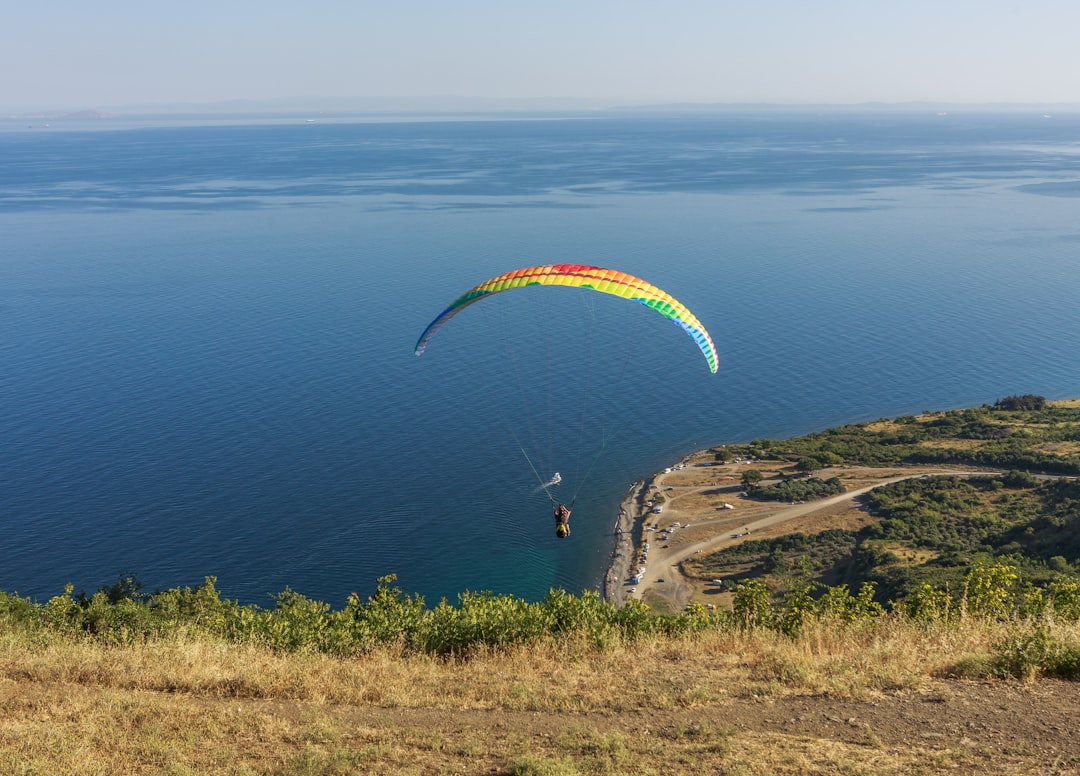
Tracing the Trails: The History of Popular Destinations.
# Introduction. Travel has long been an intrinsic part of human culture, allowing people not just to discover different landscapes but also to engage with diverse cultures. Throughout history, certain places have attracted more visitors than others for their unique offerings, whether they be natural wonders, historical significance, or cultural richness. In this blog post, we will explore the history of popular travel destinations across the globe, shedding light on how they evolved into the must-visit spots we know today. # The Origins of Travel: Ancient Wonders. Long before modern tourism emerged, ancient civilizations prioritized travel for trade and cultural exchange. The Great Pyramids of Egypt and the Hanging Gardens of Babylon, regarded as some of the Seven Wonders of the Ancient World, attracted visitors for their grandeur and architectural achievement. Pilgrimages to sacred sites, such as the temples of Jerusalem or Machu Picchu in Peru, also carved out early pathways for travel and destination popularity. Such sites held religious significance, drawing individuals seeking spiritual fulfillment or connection with the divine. # The Birth of Modern Tourism in Europe. The 18th and 19th centuries heralded the birth of modern tourism, primarily in Europe. The Grand Tour became a rite of passage for aristocratic young men, who visited Italy, France, and other European countries to immerse themselves in the classic arts and literature. Cities like Paris and Rome became cultural hubs, drawing contemporaries from all around the continent. This sparked a cycle of fame for particular sites: the Eiffel Tower, St. Peter's Basilica, and the Colosseum, which still draw millions of tourists today. Improved transportation methods, including the steam engine and later, automobiles and airplanes, further catalyzed the growth of travel. # The Pursuit of Adventure in the 20th Century. As the 20th century unfolded, travelers began to seek out less conventional sites. The advent of photography popularized destinations like Yosemite National Park in the U.S. and the beaches of the Caribbean. Meanwhile, the post-World War II economic boom led to an increase in disposable income, allowing more people to travel for leisure. Scenic coastlines, ski resorts, and desert getaways rapidly gained popularity. Destinations such as Ibiza and the Amalfi Coast became synonymous with holiday retreats, signifying a dramatic shift towards experiential travel defined by leisure and enjoyment. # Cultural and Technological Influences on Travel Destinations. As globalization increased in the late 20th and early 21st centuries, so did cross-cultural influences on popular destinations. Places like Bangkok and Tokyo became hot spots due to their unique blend of tradition and modernity. Social media platforms revolutionized how destinations were marketed, as “Instagram-worthy” spots surged in popularity. The appeal of places like Iceland, known for its otherworldly landscapes, was fueled by photography and travel blogs acting as modern-style brochures. The impact of viral travel videos and photo sharing platforms cannot be understated; they dictate trends overnight, shifting where people want to go. # Sustainable Tourism and the Future of Popular Destinations. Today, popular travel destinations are increasingly grappling with the pressures of overtourism. Major sites such as Venice and Barcelona have implemented measures to regulate tourist numbers to protect their cultural integrity and environmental health. The rise of eco-tourism reflects a growing consciousness about sustainable travel, with destinations like Costa Rica and Bhutan emerging as leaders in promoting experiences that respect local culture and environments. Going forward, the challenge will be balancing the need for tourism with sustainability and authenticity, ensuring that popular destinations do not lose their charm under the weight of their own fame. # Conclusion. Throughout history, the evolution of travel destinations has been a complex interplay of cultural, social, and economic factors. From ancient wonders to contemporary hotspots shaped by social media influence, popular destinations continue to evolve while drawing travelers from around the globe. As cultures change and the world becomes more interconnected, understanding this history becomes crucial for future travelers. As we head into an era that values sustainability, the future of travel holds promises for both adventure and responsible exploration. Embracing the lessons of the past will be imperative in nurturing the destinations we cherish. .







